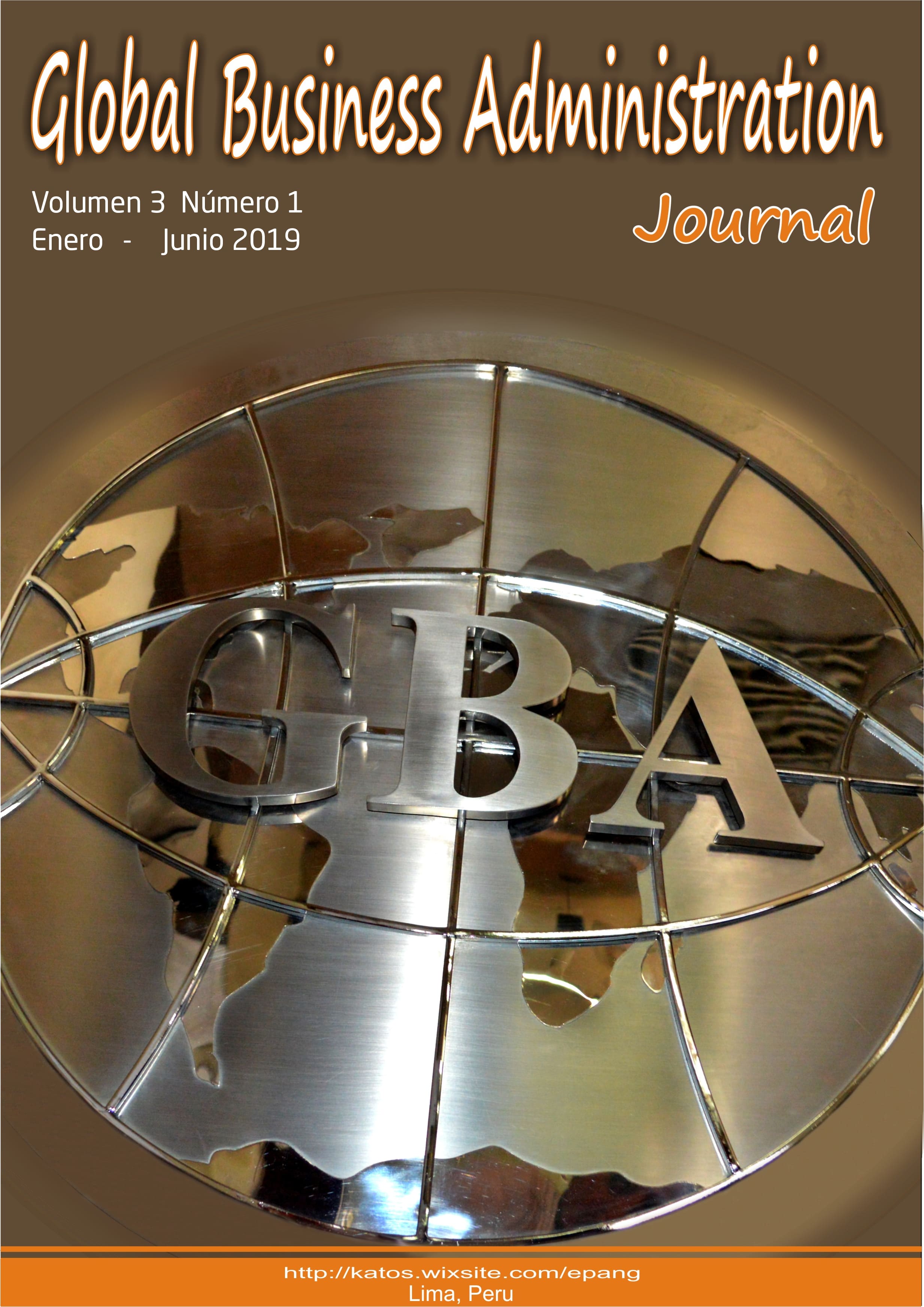Comparative study of entrepreneurial intentions in administrative students in the city of Puno
DOI:
https://doi.org/10.31381/gbaj.v3i1.2288Keywords:
Entrepreneurship, entrepreneurial intention, subjective norm, behavioral control, personal attitudeAbstract
Objective: To determine the relationship of the entrepreneurial intention according to its variables in the Administration students of the National University of the Altiplano (UNA Puno) and the Néstor Cáceres Velásquez University (UANCV). Methods: Ajzen's theoretical model was followed. supported by the methodology of the quantitative approach by which the structure of the work is constructed; with a non-experimental and relational-comparative design. The questionnaire of business intentions (CIE) of F. Liñan was used as an instrument; instrument developed for the application of the theory of planned behavior towards Ajzen's enterprise. Results: Regarding the profile and the general difference of means, notable differences are obtained between both samples, the t-student test shows that there are significant differences in the assessment variables (p <0.05) in the items of personal attitude, subjective norm and entrepreneurial intention . On the other hand, the results of the average means reveal that the intention of the students of the UNA-PUNO (M = 6.14) is greater than those of the UANVC headquarters-Puno (M = 4.70). Conclusions: the conditions to carry out a venture; In the feasibility aspect it was observed that there is a very noticeable lack of internal conditions that do not yet allow, so it reflects and presents a low dependence influence in relation to the entrepreneurial intention.








